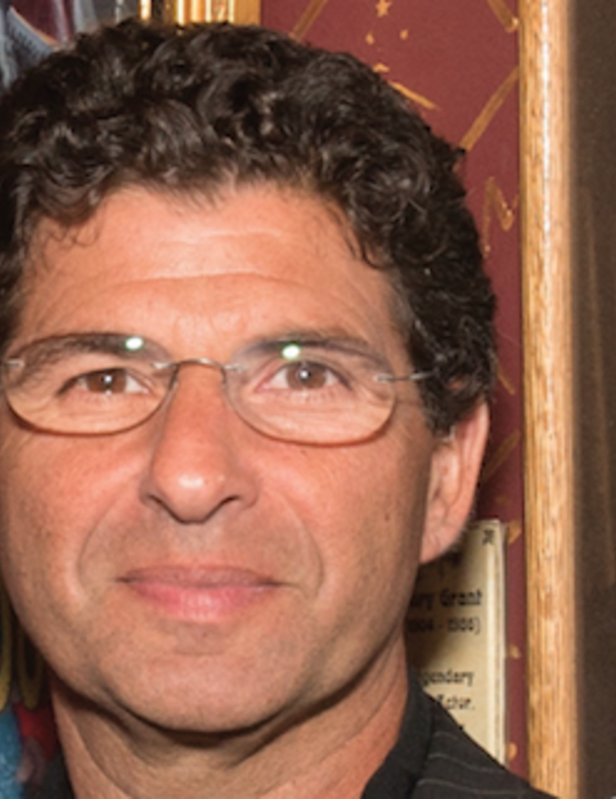We sit down with Waves Audio's executive sales and marketing VP, Mick Olesh, about plugin technology, pivotal moments, and what we might expect next from this plugin giant, as the company celebrates 25 years in the biz.
After speaking with Michael Brauer about Brauer Motion, he seemed particularly pleased that he was able to build something so bespoke and dynamic with Waves that truly encompassed his mixing style, a little removed from the great Waves Artist Series, perhaps - would this be something Waves will look to do with other producers and engineers? Keep pushing the boundaries, generating new types of plugins?
From its inception, Waves has been known to push boundaries. One need only to look at Waves’ first products, the Q10 Equalizer and L1 Ultramaximizer, which nowadays may look like a no brainer, however, at the time, this was a totally revolutionary step in pro audio. Waves develops tools that serve its users, be it state-of-the-art 'traditional' signal processors (EQs, compressors, reverbs, etc.), or tools that will benefit the user in terms of simplifying their workflow, such as Vocal Rider, Torque, and SoundGrid. Then there are required problem solvers, such asInPhase, and X-FDBK, as well as those tools that improve and enrich the user’s creativity, like Brauer Motion, and also Vitamin Sonic Enhancer, and Abbey Road Vinyl. So yes, we are definitely in an ongoing process of collaborating with producers and engineers regarding the development of unique and exciting tools.
Plugin technology has come a long way since Waves started out, of course - are there any pivotal moments in that journey that stand out for you, Mick?
In the span of 25 years, since the company was founded, I am not sure about 'moments', per se, but to define pivotal milestones in Waves’ journey over the years, I would say the L series (L1 Ultramaximizer, 1994), as it established a new benchmark for dynamic controls, and in that it was the first software unit to offer a brick wall limiter and totally change the limiting/mastering process at the time. Then there's the first in our several modeling plugins, the SSL 4000 Collection (2005), in that it paved the way for Waves’ well-merited modeling plugins. The process of modeling at Waves involves not only respect for the cherished equipment being reproduced, there is also an element of preservation, and especially the opportunity and challenge to offer our users accessibility to rare and exclusive equipment.
Then there's the Waves Artist Signature Series, which started with the Eddie Kramer Signature Series bundle (2009). This series gives the user immediate access to processing chains and presets created by top producers and engineers, that they otherwise would not have access to unless working with the engineers themselves. And Waves MultiRack (2009) which is the first software application designed to run Waves plugins with live analogue and digital mixing consoles: with only a laptop, an I/O box, MultiRack Native and Waves plugins, front of house and monitor engineers can now shape their live sound with unprecedented precision, and do away with rack after rack of heavy effects units. They can experience using the world’s best-sounding reverbs, equalisers, compressors, limiters, and delays without the limitations of hardware, and at a fraction of the cost, making it perfect for concert, touring bands, club, and house-of-worship applications.
Waves StudioRack (2014) is another. It opened up immense possibilities towards a user’s workflow, in that it lets you run up to eight plugins on just one insert, save chain presets, open them on any DAW or monitor in low latency, and then have the choice of directing the processing to your computer’s CPU or to a SoundGrid DSP server. Then there is the LV1 Software Mixer (2016), and Waves SoundGrid technology, which have established Waves as a major player in the live sector, becoming an industry standard for enabling a cost-efficient, extremely low-latency environment for high-precision audio processing and efficient Audio-over-Ethernet networking.

